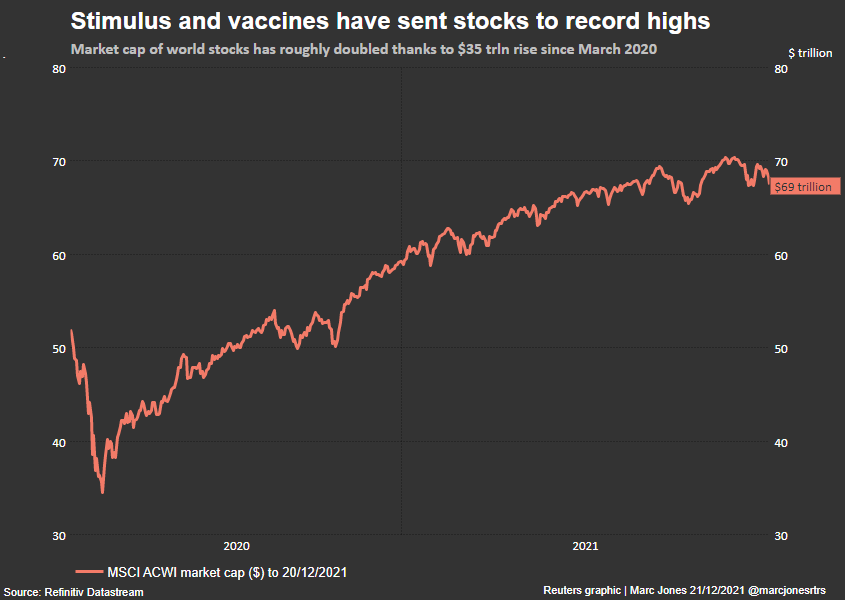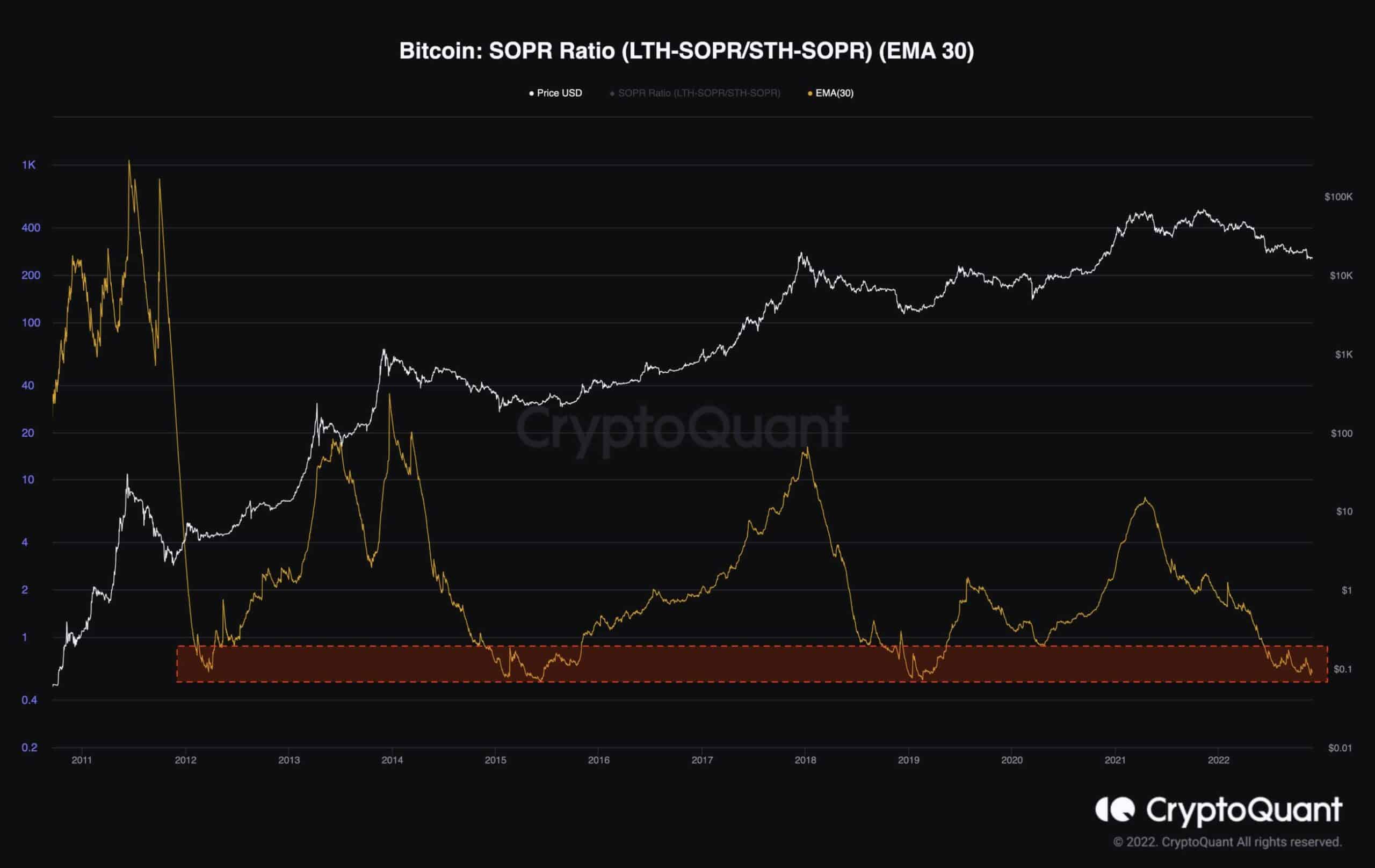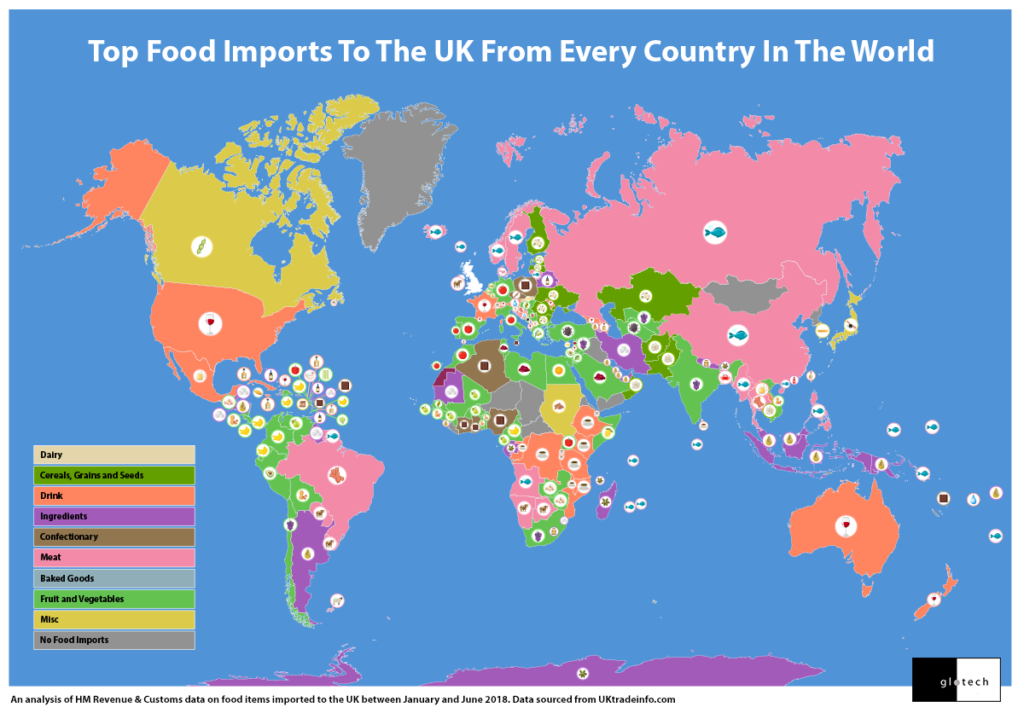Alright folks, buckle up! The market’s throwing everything but the kitchen sink at us today. Let’s break down the key takeaways from today’s data dump.
First up, US container imports surged as companies raced to beat Trump-era tariffs, but port executives are bracing for a 20% drop in volume next month – a clear signal of shifting strategies. This is a classic ‘buy the rumor, sell the news’ setup unfolding right before our eyes.
Next, Chinese coking coal production is heating up, with capacity utilization hitting a four-month high. Coal stockpiles are swelling, painting a picture of supply outpacing demand. Keep a close watch on this one – it could drag on coal prices.
Steel is showing signs of weakness. Production and apparent demand are both down, while inventories are up. This suggests a cooling construction sector, and potentially lower steel prices down the line.
Now, let’s talk soybeans. China is heavily locking in Brazilian soybean shipments for delivery over the next few months, driven by high prices and ongoing trade uncertainties with the US. This is a huge vote of confidence in Brazilian agriculture and a potential headwind for US soybean exports.
Finally, the lithium market remains volatile. April saw a sharp decline in lithium carbonate production due to high raw material costs and factory maintenance. Maintaining a cautious approach is crucial here, it won’t likely increase anytime soon.
Deeper Dive: Understanding Lithium Market Dynamics
The current challenges in the lithium market aren’t simply about supply and demand. They reflect a deeper structural issue: the raw material price inversion. Miners are facing costs that exceed the price they can sell lithium carbonate for, forcing production cuts. This is exacerbated by planned maintenance shutdowns at some facilities. The result? A significant supply squeeze and continued price volatility. Understanding this dynamic is key to making informed trading decisions. Furthermore, the dependence on toll processing creates additional complexities as manufacturers without secure raw material access struggle to maintain output. Long term, investment in new, economically viable lithium sources is paramount. Always remember, these conditions won’t fix themselves overnight!







